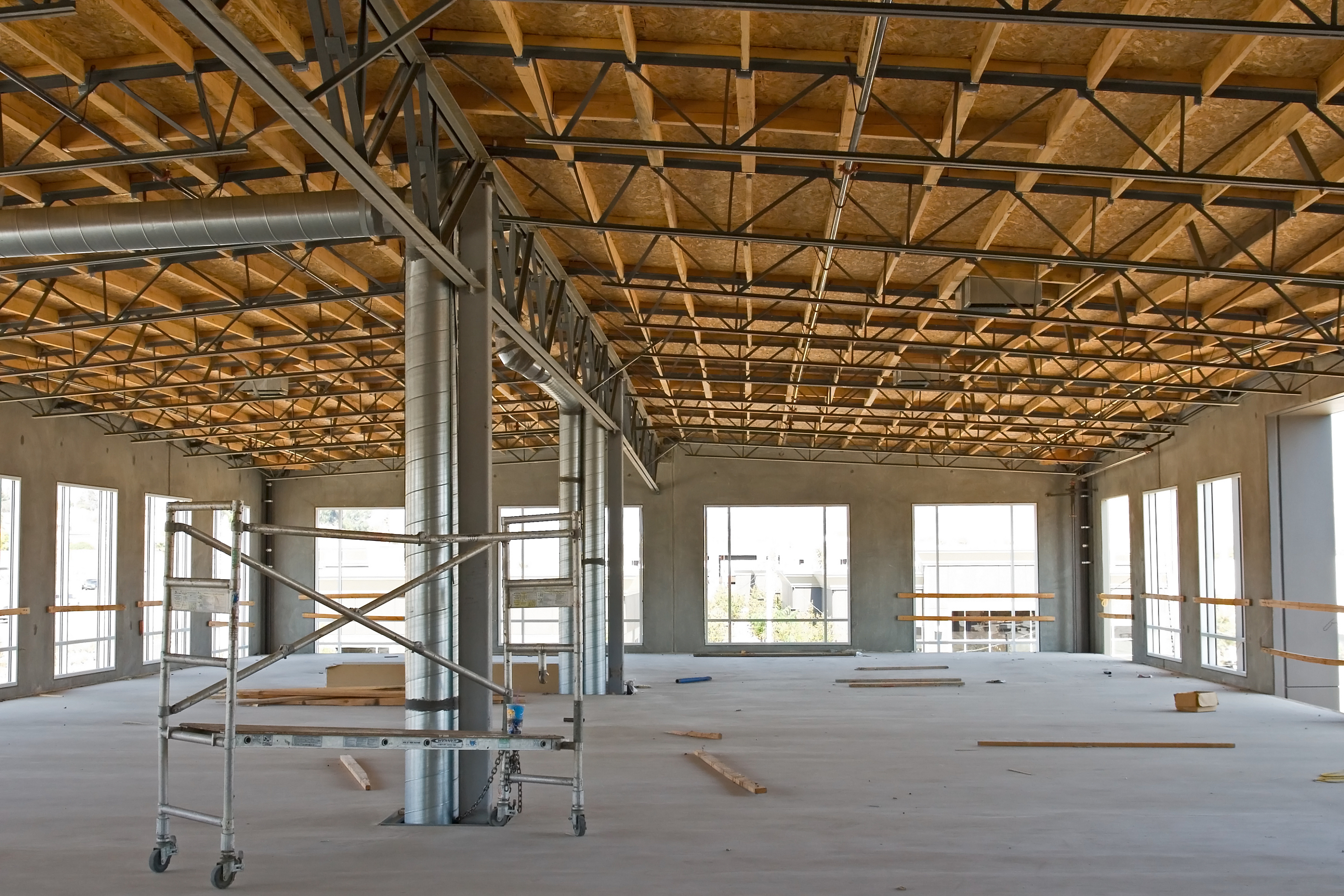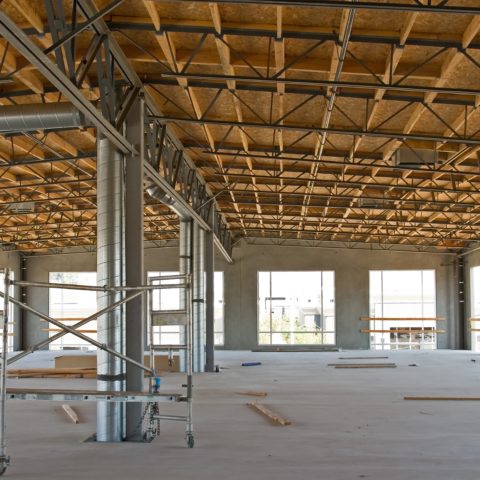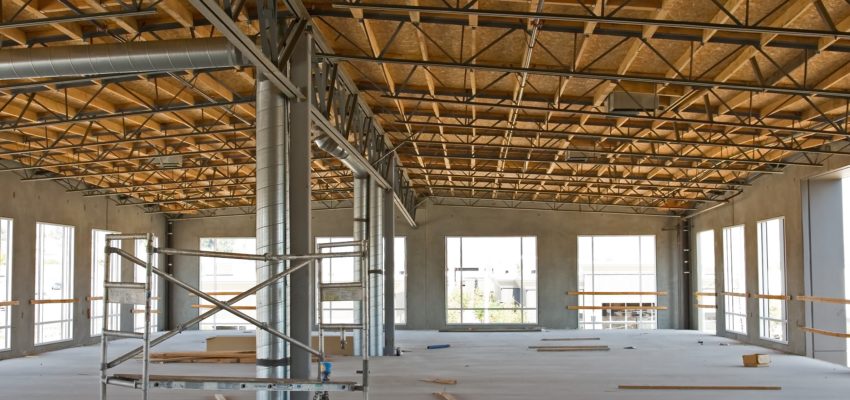Prefabrication can undeniably reduce the amount of time required for installation. However, prefab offers additional ways to make a contractor’s job easier. By moving most work off-site, several timely tasks become unnecessary:

1. Coordinating with other crews
Many different crews need access to the same job site during the same short window of time. Previously, crews would have to work around one other or show up at different times of the day. Contractors who prefabricate can reduce this worry because most of their assembly is done off-site.
2. Taking assembly equipment to the job site
Proper assembly of strut-based applications require a number of tools that are not actually needed during installation. When assembly is completed off-site, contractors can leave these tools in the shop. For example, if strut and threaded rod is pre-cut in the shop, field installers can focus on installing assemblies to structure, rather than putting them together, which requires a different set of skills and tools.
3. Spending long amounts of time on lifts or ladders
Contractors need to spend long periods of time close to the ceiling when assembling and installing strut-based applications. When prefabricating, pieces are mostly assembled in the shop and quickly installed. This greatly reduces the amount of time a contractor has to spend on an uncomfortable and potentially unsafe ladder.
4. Scheduling around bad weather
Working inside removes the variable of bad weather. Contractors may be needed during stages of a building’s construction when parts of the building are exposed. Because on-site installation is quicker with prefabrication, contractors can stop checking the weather forecast and complete most of the work in a dry off-site shop.
Conclusion:
Prefabrication offers many unique advantages to installers. Download the Introduction to Prefabrication white paper to learn more about how prefabrication can help your next project.

